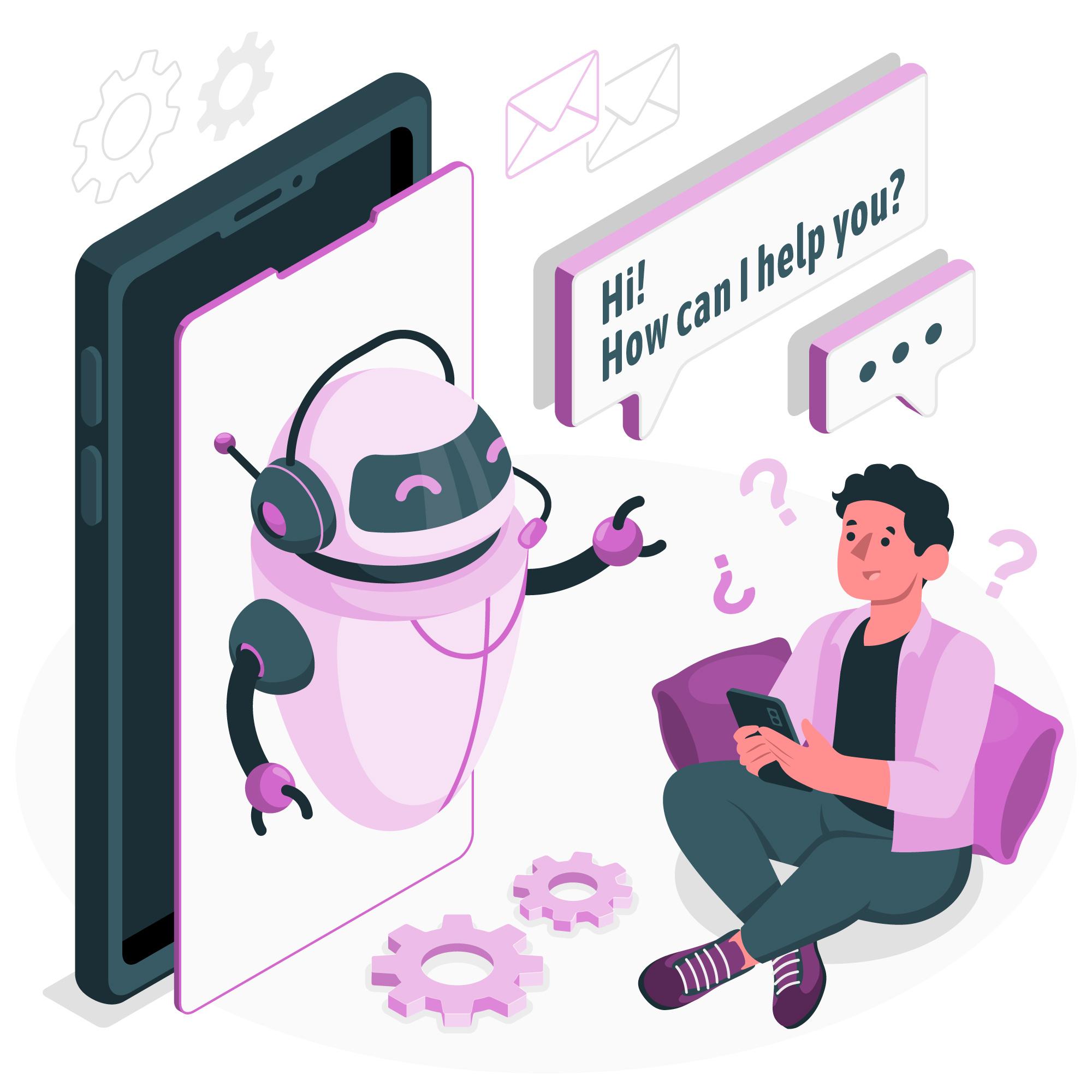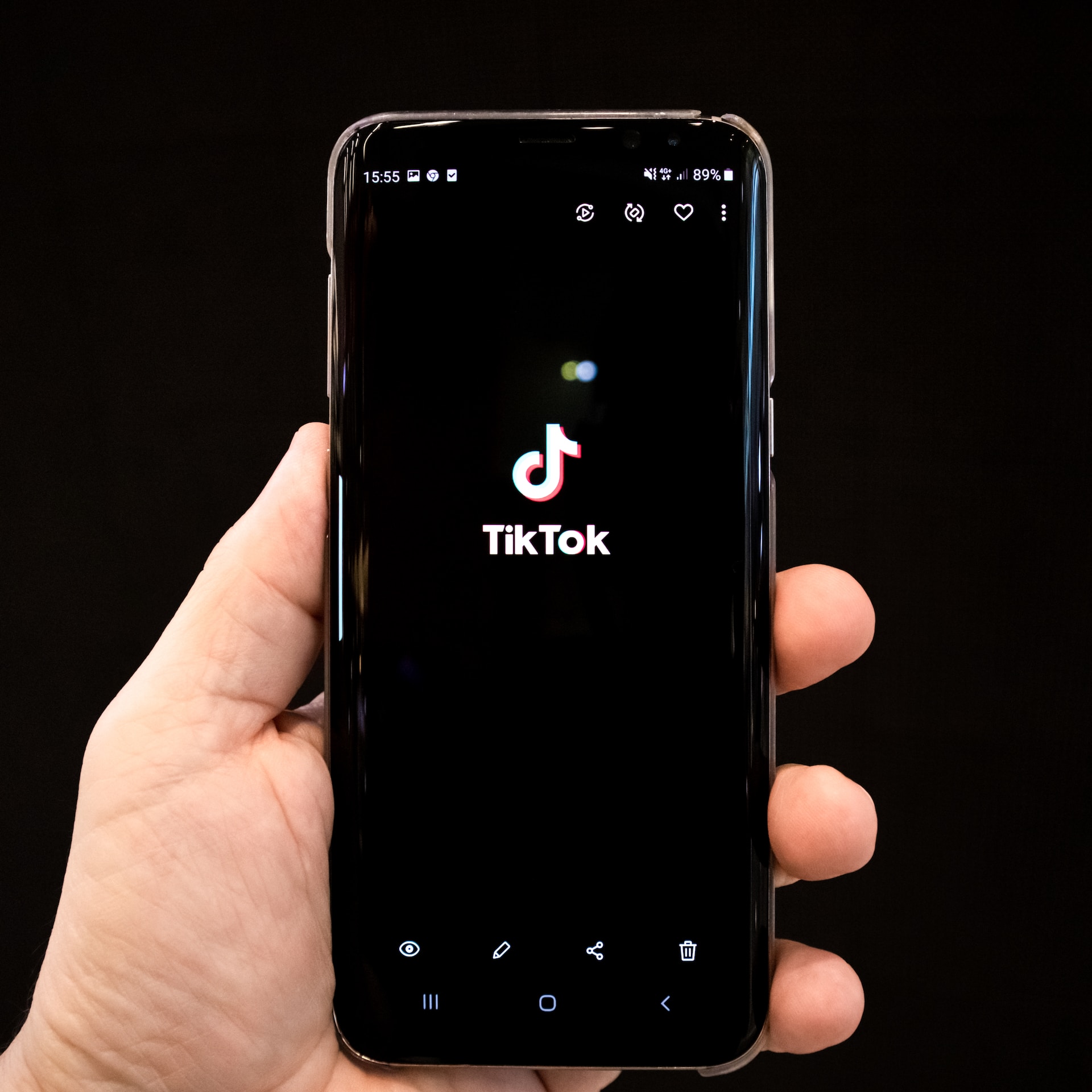Introduction: Advancing Chatbot Technology
Artificial intelligence (AI) has made significant strides in recent years, and chatbots have become an integral part of our digital interactions. As technology continues to evolve, the need for accurate and effective chatbot evaluation methods becomes crucial. Recognizing this, a leading AI company has introduced a fresh approach to the Turing Test, taking chatbot assessment to the next level. This innovative evaluation framework promises to push the boundaries of AI capabilities and deliver more sophisticated and human-like conversational experiences.
The Turing Test: A Benchmark for AI Conversations
Alan Turing’s Vision
The Turing Test, proposed by the renowned mathematician and computer scientist Alan Turing, serves as a benchmark for evaluating the intelligence of a machine. According to Turing’s vision, if a machine can engage in a conversation with a human to such an extent that the human cannot distinguish whether they are conversing with another human or a machine, then the machine can be considered to possess intelligence.
Traditional Turing Test Limitations
While the traditional Turing Test has been a valuable tool in assessing chatbot capabilities, it has its limitations. The test primarily focuses on fooling humans into believing they are interacting with another human, rather than evaluating the quality and depth of the conversation. This has led to the development of more sophisticated evaluation methods that go beyond mere deception and delve into the intricacies of meaningful and contextually relevant conversations.
A Fresh Approach to Turing Test: Advancing Chatbot Evaluation
Contextual Understanding and Natural Language Processing
The new approach to the Turing Test emphasizes contextual understanding and natural language processing. Instead of solely relying on the deceptive nature of conversation, the evaluation framework assesses a chatbot’s ability to comprehend context, generate coherent responses, and exhibit a nuanced understanding of human language. This advancement allows for more accurate evaluations of a chatbot’s conversational skills, ultimately improving the overall user experience.
Real-World Application Scenarios
To make the evaluation process more relevant and meaningful, the fresh approach to the Turing Test incorporates real-world application scenarios. Chatbots are evaluated based on their performance in specific domains, such as customer service, technical support, or information retrieval. By tailoring the evaluation to specific use cases, the assessment becomes more practical and aligns with the intended purpose of the chatbot.
Human Evaluation and Feedback Integration
Human evaluation and feedback play a crucial role in the new evaluation framework. Chatbot interactions are analyzed by both AI algorithms and human evaluators, who provide valuable insights and judgments on the quality and effectiveness of the conversations. This integration of human feedback ensures a comprehensive evaluation that combines the advantages of AI technology with human judgment, resulting in more accurate and reliable assessments.
Implications and Future Prospects
The fresh approach to the Turing Test holds significant implications for the future of chatbot technology. By focusing on contextual understanding, natural language processing, and real-world application scenarios, chatbots can become more sophisticated conversational agents. Improved evaluations enable developers to identify strengths and weaknesses, refine their models, and enhance the user experience. As AI continues to advance, the potential for chatbots to deliver truly human-like conversations becomes increasingly achievable.
Conclusion: Pioneering Chatbot Evaluation
The introduction of a fresh approach to the Turing Test represents a pioneering step in chatbot evaluation. By prioritizing contextual understanding, natural language processing, and real-world application scenarios, AI leaders aim to elevate the quality and effectiveness of chatbot interactions. This innovation paves the way for more intelligent, empathetic, and human-like chatbots, shaping the future of AI-powered conversations.











